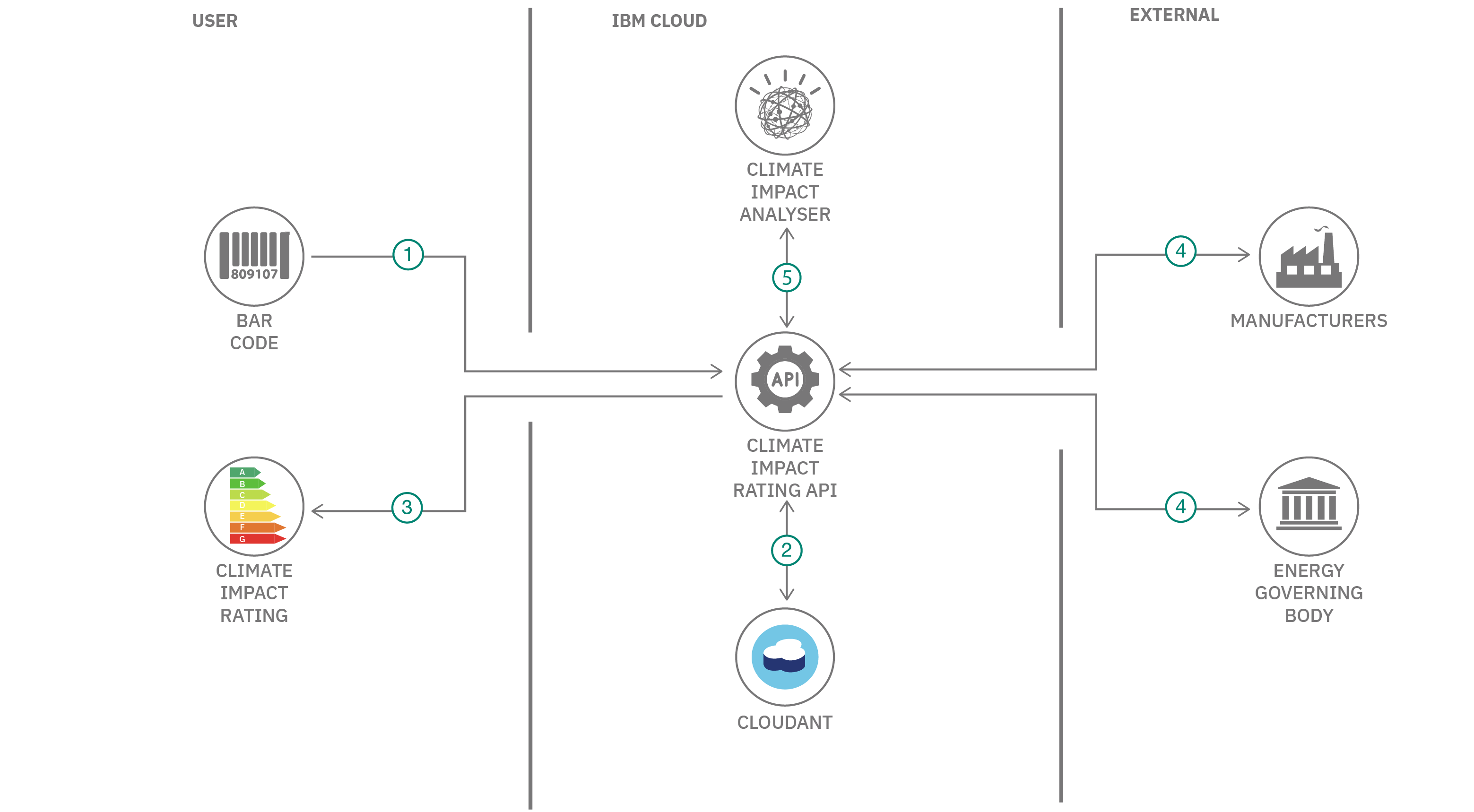Starter kit
Energy sustainability
Use this starter kit to understand the link between energy consumption and climate change, and jump-start your solution with the expert-validated idea below.
Overview
What is the problem?
As the population grows, so does the demand for energy. Fossil fuels like coal, oil, and gas have exacted an enormous toll on the environment — from air and water pollution to climate change. Investing in solar, wind, and thermal power, along with improving energy productivity and expanding infrastructure, are the keys to providing clean and more efficient energy. Read about the UN Sustainable Development Goal on affordable and clean energy.
How can technology help?
Technologies such as AI, IoT, and blockchain can help individuals, communities, and utility companies harness their data to increase efficiency and reduce expenditures.
The idea
While the switch to clean energy in our homes will make a real and important impact to the climate, energy usage in the commercial sector is often higher than in the domestic sector.
A key part of this commercial energy consumption goes into making products that we buy.
With a goal of building consumer awareness about energy costs and resulting CO2 (as well as other consumables like water) across the manufacturing process,
this starter kit creates the framework for a new global product labeling system that would include a comprehensive Climate Impact Rating (CIR), visible at point-of-sale,
similar to the labels on food products, with incentives for consumers and retailers to drive purchases of products that have the least impact on the planet.
The challenge is to build out from this framework to a more complete solution. Expertise is needed across a wide range of disciplines, including code & infrastructure developers, data scientists, designers & visualization experts.

The architecture
This solution starter provides a basic architecture for you to experiment with building a Climate Rating system, as described earlier, and includes:
- A CouchDB NoSQL database layer holding individual product ratings
- A basic API server that allows data to be inserted and extracted from the database. This API is expressed as a Swagger (OpenAPI) document, so you can build your own clients.
- Deployment tools to stand up the API Server and connect to the database on IBM Cloud, within the free-tier plan ( that is, so it’s free for you to experiment)
The database is populated with some initial example data to get you started.

- User scans a product barcode with an app, which then calls the Climate Impact Rating API, passing in the barcode ID
- The Climate Impact Rating API retrieves the ratings data that matches that barcode ID.
- The Climate Impact Rating API returns the ratings data for the app to format and display appropriately.
- Manufacturers can upload product and ratings data via the Climate Impact Rating API (via a reserved portal).
- In the future, a Climate Impact Analyzer will run in the background to produce summary data, enabling broader ratings queries to be satisfied by the API.
Technology
IBM Cloud services